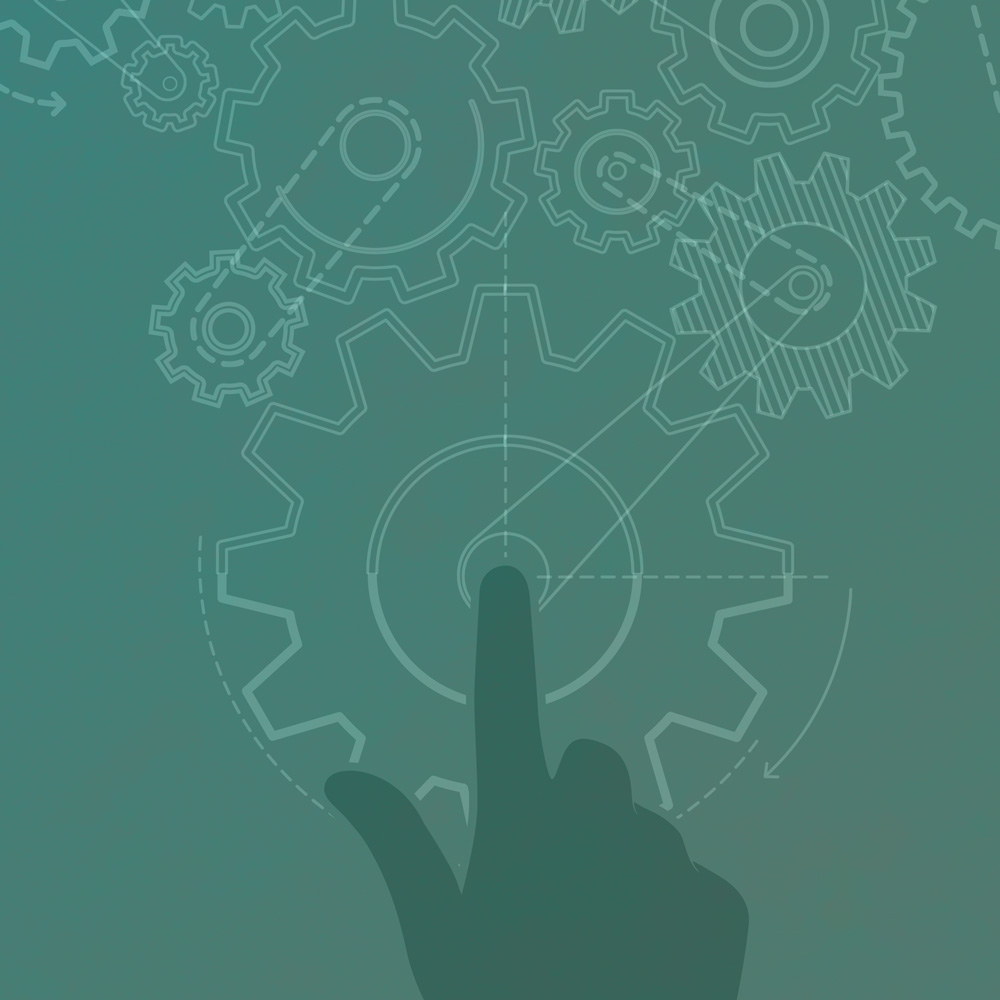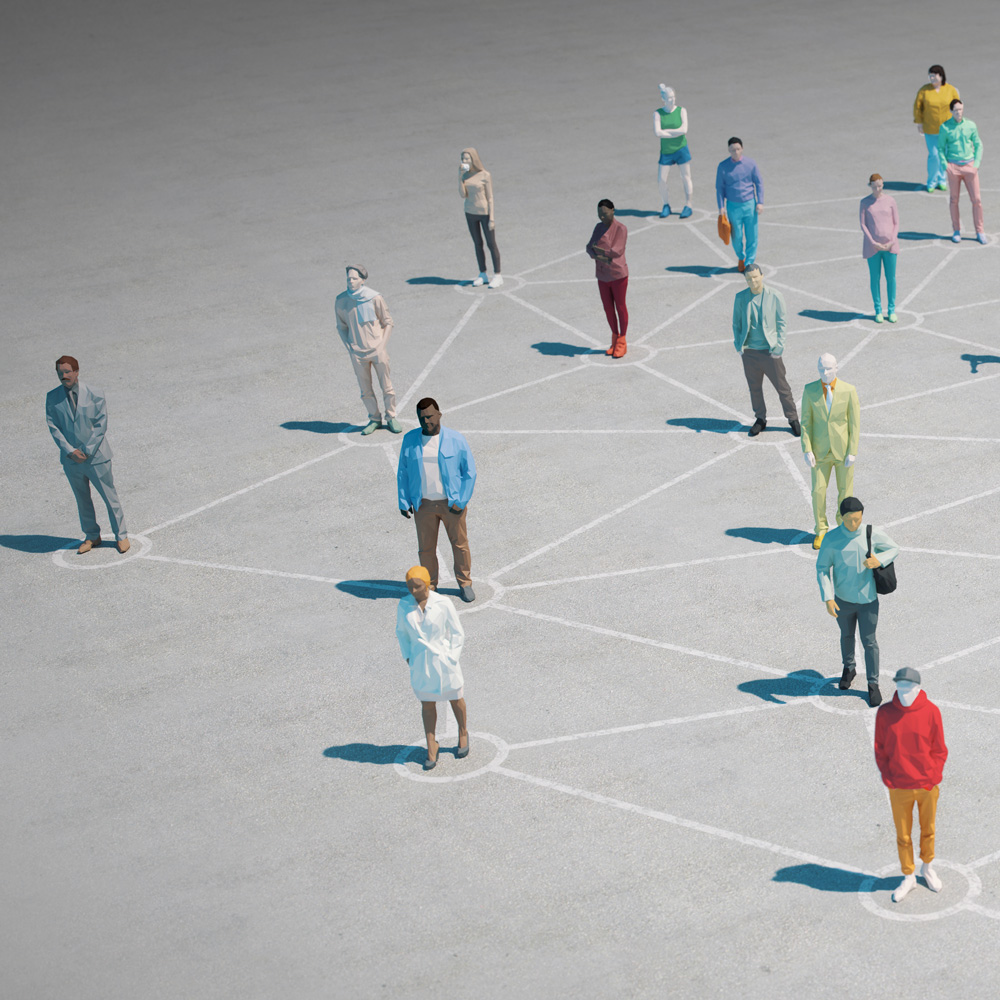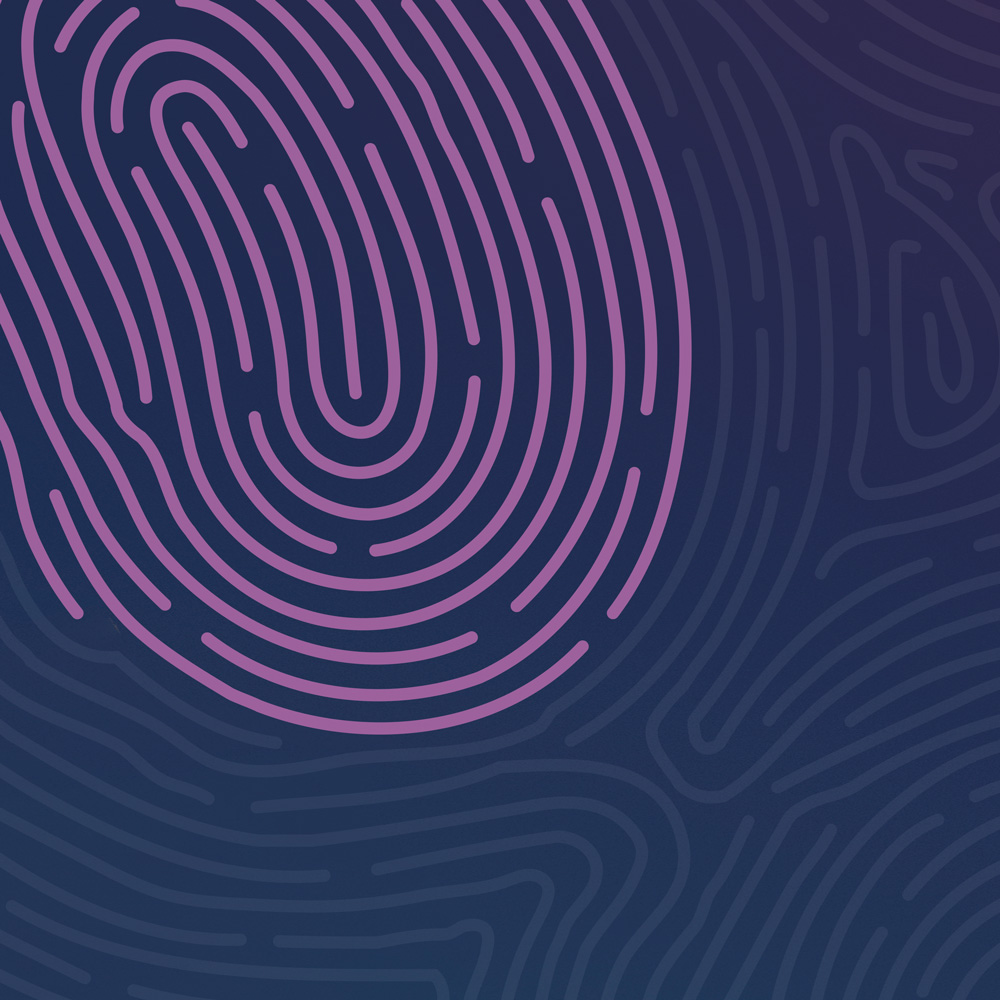YSC’s Culture Change & Leadership Series: Issue 4
In any walk of life, finding a problem is often relatively straightforward. What’s harder is finding the underlying cause or causes. Even more elusive is finding a solution that gets to the root of the issue.
Let’s say an elite athlete goes to their coach with a headache. The coach’s first job is to understand what’s driving the pain: maybe a recent knock, dehydration, or even domestic stress? All three have very different solutions. Being sent home to rest might be a great recommendation for the first scenario but could be actively unhelpful in the last.
It’s the same when changing an organization’s culture: leaders need to go beyond the presenting challenge and into the root causes. Two organizations might be struggling with a culture of burnout, for example, but the employees of the first might be feeling demotivated, whereas in the other they might be motivated but overstretched. Being able to peer ‘under-the-hood’ into the working parts of organizational culture is essential for finding the right mechanisms of change.
What are the engines of organizational culture?
Academic models of organizational culture can be complex, with an abundance of dotted lines, arrows, boxes and ovals. Yet, reading between the many lines, there are three themes which recur again and again as the ‘engines’ of culture change, aligning with what we know from years of experience partnering with organizations on culture change.
We have distilled these into YSC’s Cultural Drivers framework:

Leadership Drivers
These are the leadership styles, decisions, and signals given off by the leaders of an organization. Leaders are not just found at the very top but include people in key positions of influence at all levels.
Change is underpinned by:
- Leaders understanding the cultural shift that the organization needs to make
- Leaders being emotionally bought into the cultural shift
- Leaders implementing and role-modelling the cultural shift in their domain
One litmus test of change for this driver is: leaders at all levels consistently making and guiding decisions in line with the cultural shift.
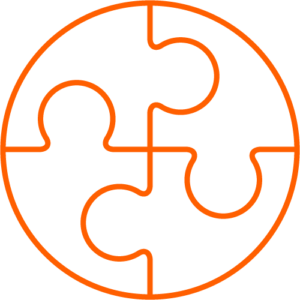
Social Drivers
These are people’s hearts and minds which need to be won over to achieve both emotional and rational buy-in. They are perceptions, emotions, and attitudes found within people across an organization and include how people relate to and communicate with each other.
Change is underpinned by:
- What people loved about the past being respected, and retained in a way that fits with the new cultural norm
- The shift reaching a ‘tipping point’, where enough people value the new way
- Dialogue, not monologue, and feedback that’s genuinely two-way
One litmus test of change for this driver is: ideas for driving the change come up from within the organization itself and grassroots initiatives develop.
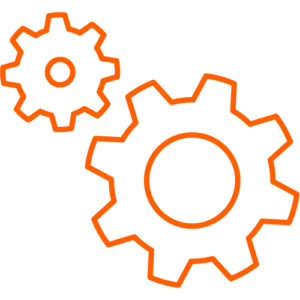
Structural Drivers
These are the systems, processes, structures and technologies which help to institutionalize what normal patterns of behavior look like.
Change is underpinned by:
- The structural aspects of an organization telling a unified story about how things should be done
- The effects of technology being understood and accounted for
- Blockers of the ideal culture being mitigated within the organizational system
One litmus test of change for this driver is: critical elements such as performance and reward processes are seamlessly aligned to the ideal culture without producing any noticeable blockers.
The easiest way to derail culture
Culture change programs often become stalled. Those spearheading the initiative can feel that they are doing everything right, following best practice, and yet still not see their ideal culture manifest. After a small surge, day-to-day behavior on the ground inevitably reverts to what it always was.
The most common reason for this all too common pattern is that one of the three drivers of culture change has been left out of the picture. Shifting two of these engines of change can feel comprehensive, yet the latent third acts as a silent derailer. After all, the power of the status quo is on its side.
Consider a scenario in which the CEO wants to put customer satisfaction at the heart of the culture. Internal communications, storytelling, and employee initiatives are backed up in performance review processes and by the removal of internal red tape. And yet there might be a hidden blocker: has anything been done to make this shift in the leadership team itself? If the team is yet to align fully behind the CEO’s vision, a self-fulfilling prophecy that this is all likely to pass over may cascade down the organization.
In this case leadership drivers were overlooked, but it could be any of the three. Cultural norms are heavy boulders to get rolling, and self-sustaining change only happens when all three engines are working in the same direction.
So how can leaders use the framework to reshape their culture?

Keep thinking like a doctor
There’s a difference between symptom and cause. If a lack of diversity and inclusion is the problem, a series of workshops, whilst helpful in terms of the social side, may not necessarily be the strongest medicine. Root and branch strategy work covering all three drivers may offer a deeper solution.
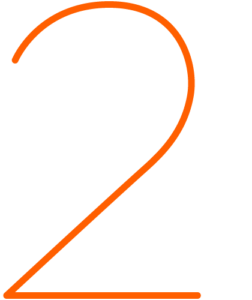
Treat reactions as your most valuable data
As culture change initiatives progress across an organization there will be reactions. Inevitably, some will be positive and some less so. This spectrum of reactions is invaluable information. Properly interpreted, it tells organizations not only what is enabling the change, but also where the invisible agents of the status quo might be lurking, be they certain leaders, perceptions, or systems.
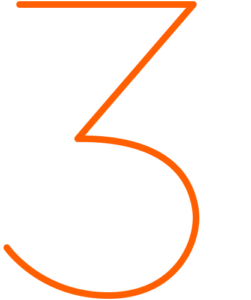
Aim for consistency within each of the drivers
Not only is it vital to consider alignment between the three drivers, but those leading change should also go a step further and ensure that there is alignment within each one. Don’t assume that all leaders share a certain perspective, that social perceptions are consistent across the organization, or that structural factors have a single impact. Each driver is likely to be multifaceted, and the challenge is getting to the heart of what matters most.
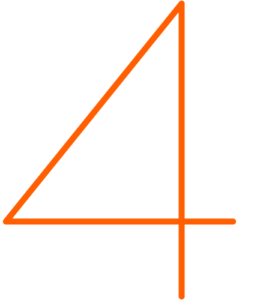
Know what can vary and what needs to be universal
In complex organizations, there are obvious limits to the mantra of alignment. Prescriptive over-alignment can create more problems than it solves. There is nothing wrong with a region or department having a distinctive flavor to their culture – in fact, it often enriches the whole. Drivers can operate in different ways at different levels if they are consistent within that level, and the effect they produce is united with the organization’s overall vision.
In conclusion
When assessing culture, leaders need to go beyond the presenting challenge and into the root causes. Organizational culture has three primary drivers: leadership, the social, and the structural. Thinking in terms of these factors allows leaders to peer under the hood into what’s causing their culture. When it comes to change, it’s vital not to overlook any of the three as all need to align for the change to become a reality.
In the next issue
Leadership is one of the three drivers of organizational change, and yet how leaders impact culture can be misunderstood. Far from simply repeating formal messages and instituting specific processes, leaders have a more powerful, subtle, and social effect. The informal signals that leaders radiate create ‘basic assumptions’ about what is and is not considered normal. The good news is that shaping culture is a skill that can be developed by all leaders.
